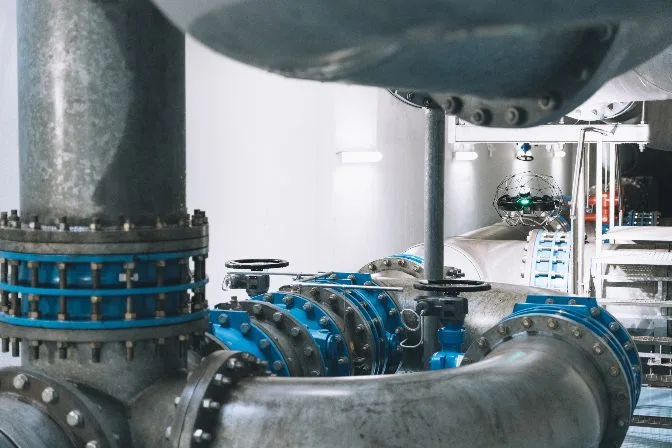A visual inspection is a method used to examine an asset using only the naked eye. This approach allows inspectors to identify potential issues without the need for complex tools or equipment, making it one of the most straightforward and widely used inspection techniques. However, while visual inspections may seem simple, they require trained professionals who know what to look for. An experienced inspector can spot signs of wear, corrosion, cracks, or other problems that might go unnoticed by someone without proper training. Traditionally, visual inspections have been conducted manually, with inspectors walking around or entering structures like boilers, pipelines, or storage tanks to assess their condition. But as technology advances, new methods such as Remote Visual Inspection (RVI) are changing the way these assessments are made. With RVI, inspectors can collect visual data from a safe distance using drones, cameras, or robotic systems. This not only improves safety but also increases efficiency and accuracy, especially in hard-to-reach or hazardous environments. [Visual inspection NDT—also called visual testing—is just one of the non-destructive testing (NDT) methods that inspectors use. Learn more about NDT in this in-depth guide.] This guide provides a comprehensive overview of visual inspections, including their purpose, the industries that rely on them, and how modern technologies like drones are transforming the process. It also covers alternative inspection techniques and highlights the benefits of remote visual inspection. What Is the Goal of a Visual Inspection? Visual inspections are among the oldest and most trusted methods for assessing the condition of an asset. They play a crucial role in maintenance programs, helping to detect early signs of damage or degradation before they lead to more serious issues. The main objective of a visual inspection is to identify any abnormalities or defects that could compromise the integrity or functionality of the asset. For example, when inspecting an industrial boiler, an inspector might look for: By catching these problems early, maintenance teams can prevent costly repairs and avoid dangerous failures. In high-risk environments, such as power plants or chemical facilities, visual inspections are often performed by licensed professionals following strict safety and regulatory guidelines. Visual inspections are a fundamental part of maintenance across numerous industries. From oil and gas to food production, the ability to visually assess assets helps ensure safety, compliance, and operational efficiency. Here are some of the key sectors that regularly conduct visual inspections: In each of these industries, visual inspections serve as the first line of defense against equipment failure, ensuring that critical infrastructure remains safe and functional over time. While visual inspections are the most common form of assessment, they are just one of many non-destructive testing (NDT) methods available to inspectors. These techniques allow professionals to gather detailed information about an asset’s condition without causing any damage. Some of the other inspection methods include: 1. Ultrasonic Testing (UT) – Uses high-frequency sound waves to detect internal flaws. 2. Radiography Testing (RT) – Involves X-rays or gamma rays to reveal hidden defects. 3. Magnetic Particle Testing (MT) – Identifies surface and near-surface flaws by analyzing magnetic fields. 4. Acoustic Emission Testing (AE) – Detects defects by listening for sounds emitted during stress or deformation. 5. Liquid Penetrant Testing (PT) – Uses a dye to highlight surface cracks or porosity. 6. Leak Testing (LT) – Evaluates the integrity of vessels or systems by identifying leaks. Each of these methods has its own advantages and is typically used in conjunction with visual inspections to provide a complete picture of an asset’s condition. As we mentioned earlier, visual inspections don’t always require physical presence. With advancements in camera and robotics technology, Remote Visual Inspection (RVI) has become a game-changer in the field. RVI allows inspectors to gather visual data from a distance, reducing risks associated with entering hazardous or hard-to-access areas. For instance, in mining operations, drones can be sent into unstable tunnels to assess conditions without putting human lives at risk. Another example is the inspection of large oil storage tanks, where climbing scaffolding can be both time-consuming and dangerous. Drones eliminate this risk, allowing inspectors to safely collect high-quality visual data from above. Here’s how an inspector might use RVI in practice: This approach ensures that the inspection is thorough and accurate, even when the inspector isn’t physically present. Even in everyday scenarios, like home inspections, RVI is becoming increasingly popular. Using video calling apps, inspectors can remotely review properties and identify issues without being on-site, saving time and resources. Drones are quickly becoming the preferred tool for remote visual inspections. While there are other methods, such as using ropes or crawlers to access confined spaces, drones offer a level of flexibility and precision that makes them ideal for a wide range of applications. For example, Flyability’s Elios 3 is designed specifically for RVI, featuring advanced lighting systems that allow inspectors to see details clearly, even in dark or complex environments. This makes it easier to identify surface imperfections and structural issues without needing to be physically present. There are several key advantages to using drones for visual inspections: As technology continues to evolve, the role of drones in visual inspections will only grow, offering safer, faster, and more efficient ways to maintain critical infrastructure. Turning Parts,Cnc Turning Parts,Cnc Turning Parts Of Metal,Cutting And Turning Parts Shenzhen Yuheng Precision Machinery Co., Ltd. , https://www.yhcncmachiningparts.comVisual Inspections: A Complete Guide
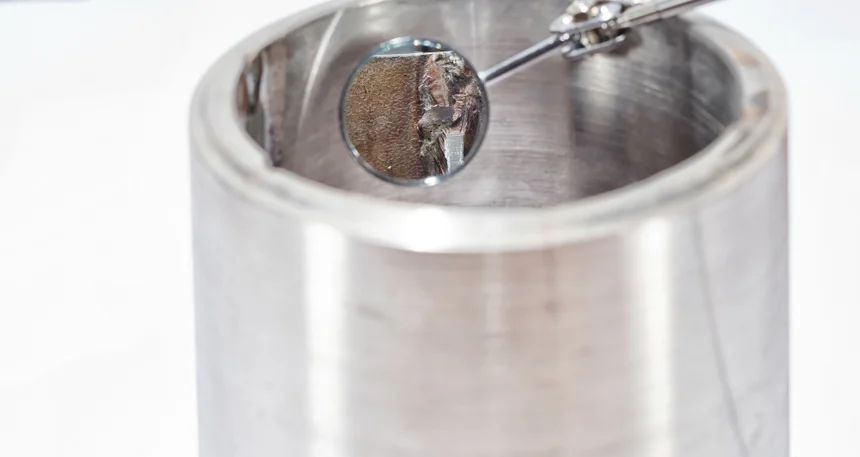
Which Industries Use Visual Inspections?
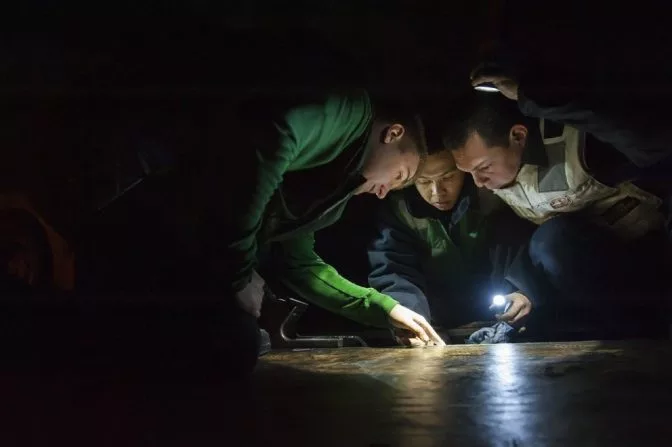
Other Kinds of Inspections
Remote Visual Inspection (RVI)
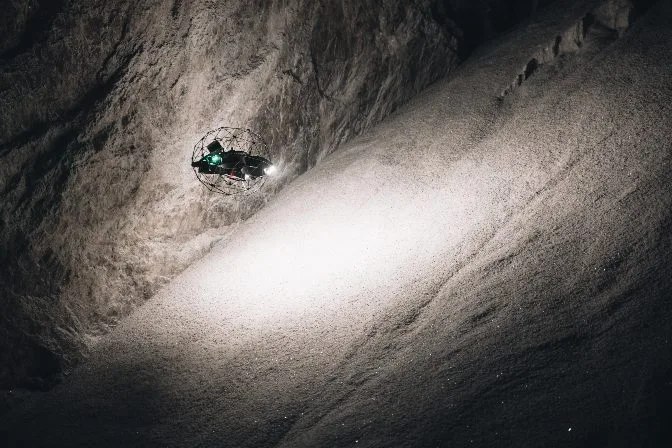 The Elios 3 flying inside a salt mine
The Elios 3 flying inside a salt mine
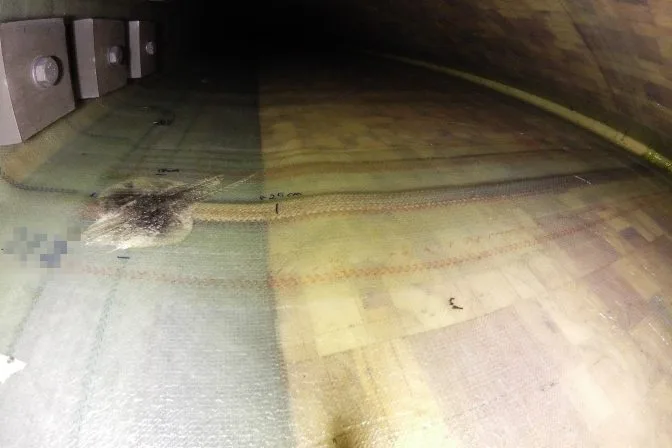 Drone footage of a damaged wind turbine that was struck by lightning
Drone footage of a damaged wind turbine that was struck by lightningHow Drones Can Help with Visual Inspections
